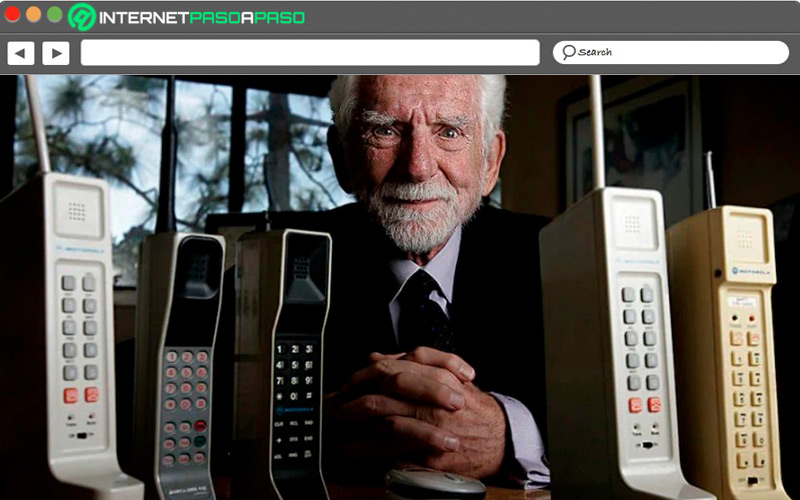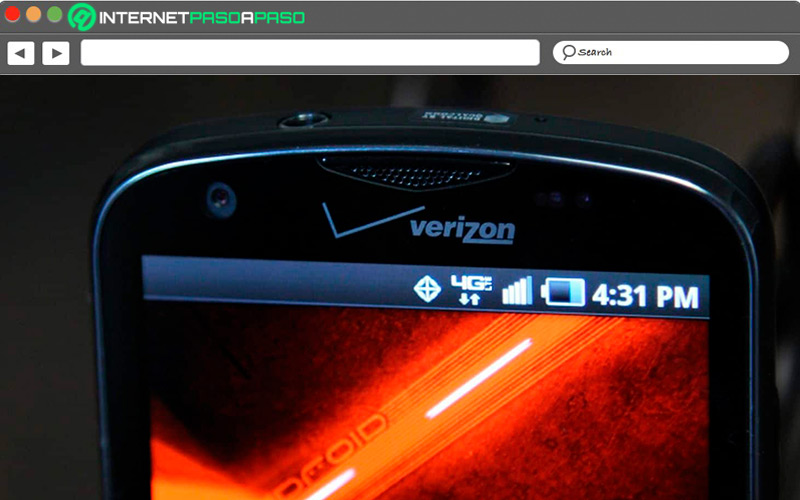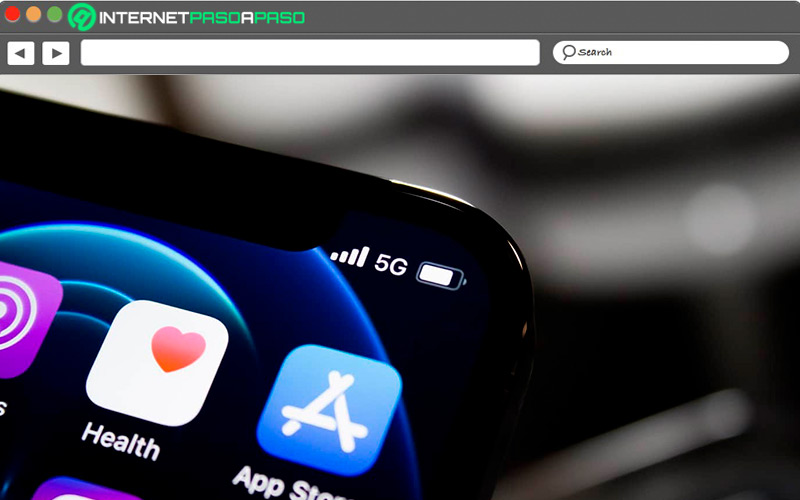
Index:
UPDATED ✅ Do you want to know more about the 5G mobile network and how it works? ⭐ ENTER HERE ⭐ and Learn Everything From Scratch ⭐
the vision of instant connectivity emerged from the voracious demand of users, being seriously affected companies that depend on broadband to provide their services efficiently. This is how it has been shaping a best mobile network 5G call.
Added to the projection of a wireless connection of a larger number of devices in real time, is included the “Internet of things” (IoT). In short, it is estimated that users are always online.
This transformation implies that Internet service providers acquire new technologies, which are quite complex. We invite you to learn more about this technological revolution that is already a reality.
What is a 5G network?

is the fifth generation mobile data or mobile communication networkwhich makes it the evolution of its 3G and 4G predecessors, that is, constitutes a better service in relation to the response time called latency and higher speed in data processing. This technology points towards greater coverage in places far from the city center and thus multiply by ten the speed of the current network.
History and origin Who invented and when was 5G developed?
The mobile communication networks they have had an amazing process of evolution always in order to optimize the exchange of information between people who are not close, causing a radical change in our way of life, but let’s review its foundations so far.
Let’s see below:
first generations

Initially, mobile networks only supported phone calls only by voice, it was the 1G connectionand that first management occurred in Japan in 1979, thanks to Nippon Telegraph and Telephone (NTT).
After the old analog network, it was from Finland where the 2G (GSM) network began to be used in the 90s, a digital system thought that voice communication should be of better quality, whose evolution also allowed us to receive and send text messages (SMS) and international roaming. The 2.5G and 2.75G network quickly emerged to offer the GPRS and EDGE data services.
The impact of 3G
Together with the advances in mobile devices, it produced improvements in the network to be able to connect to the Internet to a limited extent (sending audio/image files and making video calls) without the need for a computer. The 3G signal caused the volume of more online users to rise, since the mobile phone ceased to be what it was to become an indispensable communication tool in various ways.
We also owe this feat to NTT DoCoMo which made this CDMA connection available throughout the world in 2001 and which had preliminary good results in the military sector. With this wireless signal, users could already access the Internet from a USB modem on their computer.
LTE and 4G

To continue responding to the new needs to keep in touch, the next level touches the approach to augmented realitywhich is the broadband technology that the 4G network provides us with today and that is based on IP telephony (Voice and Data).
It is that the era of the fourth generation of mobile networks arrived in the year 2009, and the Nordic countries were the first to enjoy the first 4G version. His progress was intended to provide security, high data speed and lower cost for voice calls.
With more emphasis on redoubling data speed, we moved to 4G LTE. Despite the progress of the architecture of communication protocols between terminals and base stations, the inconvenience occurs in the frequency band when moving from one country to anotherotherwise there is no compatibility between the network and the operator, can return to 3G connection.
Birth of 5G
Creating a new mobile network has become vital, because the requirement is now speed amplification. This project began in 2019, aiming for a greater range of coverage in addition to increasing the number of people connected in real time. The Ericsson firm was the first to acquire 5G speed and standardization position and development has Huawei.
Although we are in full transition towards the fifth generation of mobile networks, some countries are already living the 5G experience such as South Korea and the USA, while in other nations the mobile service operators are working on the antenna infrastructure and testing phase. As the 5G network is still in a development phase, it is expected that it can coexist with 4G.
How does the 5G network work?

Specific, user expectations of the 5G network rests on a much faster wireless Internet than the current one and guaranteed coverage anywhere. However, to realize this ambition a large infrastructure is required to start operating with a fifth generation technologysince it involves an increase in technical capabilities in relation to the previous network, so that a large investment is needed.
A 5G mobile network is defined by Open Wireless Architecture (OWA) technology. This platform is made up of a high-frequency band, that is, millimeter bands (mm Wave) that provide high capacities. The architecture of this standard in wireless communication is characterized by having short wavelengths, a point against it because it means that they are easily blocked against certain materials (walls or windows), thus requiring many cells. (Radio Access Network) for the service to be effective.
And to respond to a stable connectivity, the network would be completed with some macro cells, which is the same, MIMO (Multiple Input Multiple Output) antennas Coupled with a set of connections that will achieve the transfer and reception of data in parallel, it is a spectrum that does not use 4G technology. This design will be managed through software rather than hardware.
How is 5G better than its predecessors?

A 5G connection calculates a speed of 20 Gbpsa resolution estimated by the International Telecommunications Union (ITU), exponentially surpassing today’s 4G connection, which has 1 Gbps. A latency reduction to about five milliseconds is expected. This innovation would not only keep us constantly informed but would be a great contribution to control smart homes, industrial equipment, cars or any electronic equipment almost immediately.
Also, execute downloading HD audiovisual files in seconds, for example, a 4G network takes six minutes to download a 3D movie while on 5G it would take 30 seconds. Also, you can browse at about 10 gigabytes per second (Gbit/s). So the digital experience and productivity will be greatly enhanced using the fifth generation network. According to the GSM Association, in 2025 more than 1.7 billion users in the world will have access to the 5G network.
How close are we to 6G?

Yes ok 5G mobile connectivity has not been standardized, There are already visionary minds working on the 6G network, including countries like Japan, China and South Korea. In fact, it is known that The United States and China compete to be the first to implement the sixth generation of wireless communication. The 6G route could be geared towards more reach benefiting the most remote sites, as well as encouraging a futuristic digital ecosystem promoted in science fiction movies.
It is not surprising to get totally Wi-fi zones and that the settlement of IoT is totally massive. Thought in a purely digital society, this project focuses on supplying 5G technology with one of lower latency and higher speedalso bandwidth settings for the IoT.
Forecasts suggest that very soon the world will be able to have a 6G signal eight thousand times faster than 5G (100 thousand times greater than 4G). It is that on the campus of the Olympic Games in Beijing, a group of Chinese researchers managed to transfer 1 TB of data in one second at a distance of 1 km, while lowering latency by 0.1ms versus 1ms for 5G. Apparently, we would have to wait until the year 2036 to see this new mobile generation launched.
networks